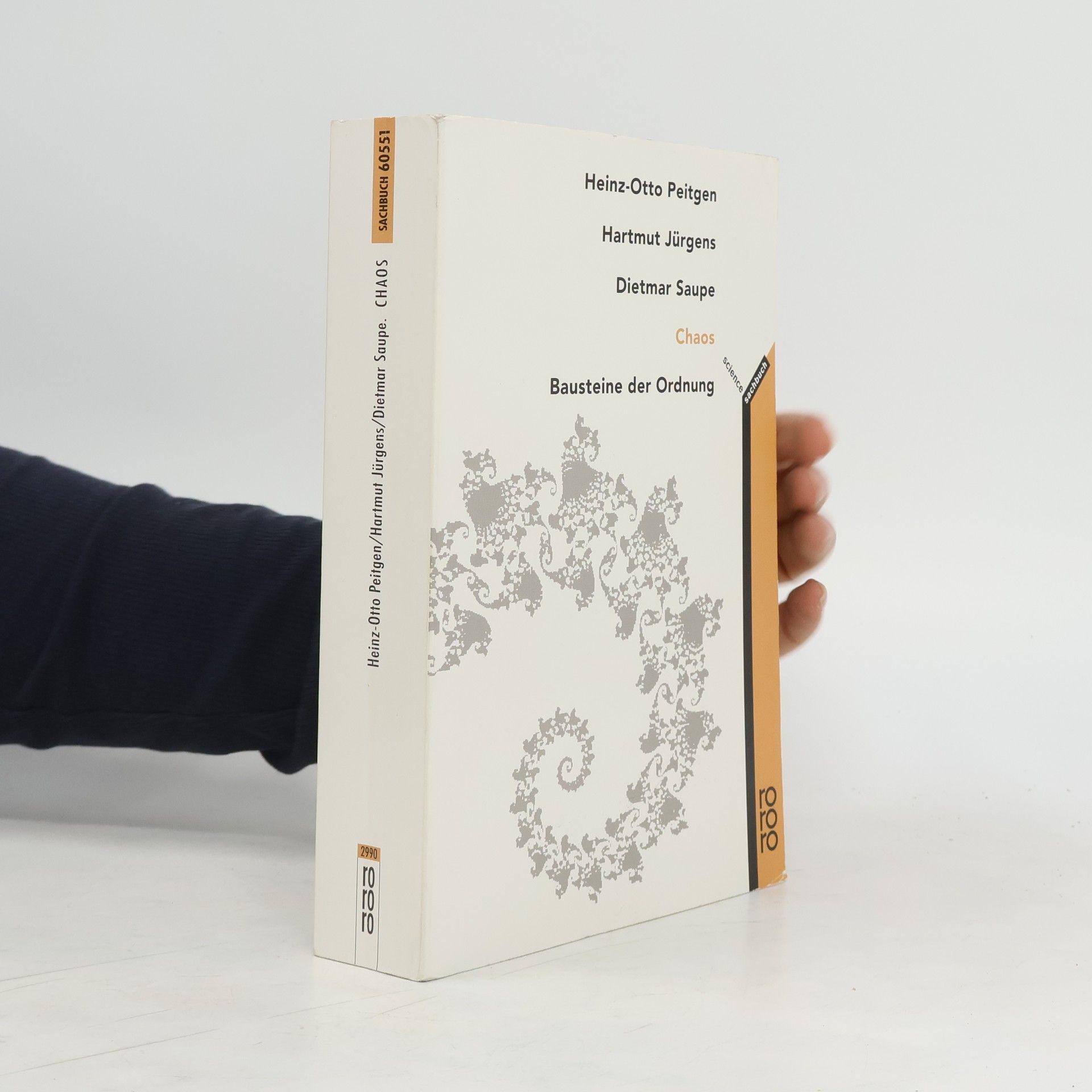Wirklich - phantastisch
Gemälde und Graphiken 1958 bis 2012






Gemälde und Graphiken 1958 bis 2012
Now approaching its tenth year, this hugely successful book presents an unusual attempt to publicise the field of Complex Dynamics. The text was originally conceived as a supplemented catalogue to the exhibition "Frontiers of Chaos", seen in Europe and the United States, and describes the context and meaning of these fascinating images. A total of 184 illustrations - including 88 full-colour pictures of Julia sets - are suggestive of a coffee-table book. However, the invited contributions which round off the book lend the text the required formality. Benoit Mandelbrot gives a very personal account, in his idiosyncratic self-centred style, of his discovery of the fractals named after him and Adrien Douady explains the solved and unsolved problems relating to this amusingly complex set.
Das Buch führt die in "Bausteine des Chaos: Fraktale" begonnene Darstellung in sieben weiteren Kapiteln fort. Im Mittelpunkt steht das Deterministische Chaos, ein zentraler Begriff der heutigen Mathematik und Naturwissenschaften, dessen Grundlagen in verständlicher Weise dargestellt werden. Mit einem Vorwort des Gießener Philosophen Bernulf Kanitscheider. -§Die beiden Bände schlagen eine Brücke zwischen populären Darstellungen und der Literatur, die sonst nur Fachwissenschaftlern vorbehalten bleibt. Sie bieten so eine Informationsquelle aus erster Hand, ohne vom Leser eine fortgeschrittene mathematische Ausbildung zu erwarten.
Die Chaos-Forschung steht am Anfang und verändert unser Weltbild radikal. Dieses Buch zielt darauf ab, die Grundlagen der Chaostheorie und der fraktalen Geometrie verständlich zu vermitteln und sie als festen Bestandteil unseres Denkens zu integrieren. Ideal für naturwissenschaftlich und mathematisch Interessierte.
ein Arbeitsbuch
Die Erforschung von Chaos und Fraktalen liefert faszinierende Ansätze zum Verständnis komplexer Strukturen in der Natur. In sieben Kapiteln wird die fraktale Geometrie, die Geometrie des Chaos, von ihren historischen Wurzeln bis hin zu aktuellen Anwendungen vorgestellt. Der Band zeigt, wie es Mathematikern mehr und mehr gelingt, eine neue Sprache zu entwickeln, mit der man eine Wolke so präzise beschreiben kann wie ein Architekt ein Haus mit der klassischen Geometrie.
Wenige Wochen nach Erscheinen der 4. Auflage der „Geschichte Frankreichs“ begannen tiefgreifende Umwälzungen die politische Landschaft Europas zu verändern, die auch die französische Außen- und Innenpolitik nachhaltig beeinflußten. In der 5. Auflage werden die Entwicklungen ab dem Jahr 1989, die überwiegend unblutig verlaufenen Revolutionen in den ehemaligen Ostblockstaaten, die Vereinigung der beiden deutschen Staaten, der Zerfall der UdSSR sowie dessen Auswirkungen auf das Ost-West-Verhältnis und auf alte und neue Konfliktherde in- und außerhalb Europas berücksichtigt.
Gezähmtes Chaos